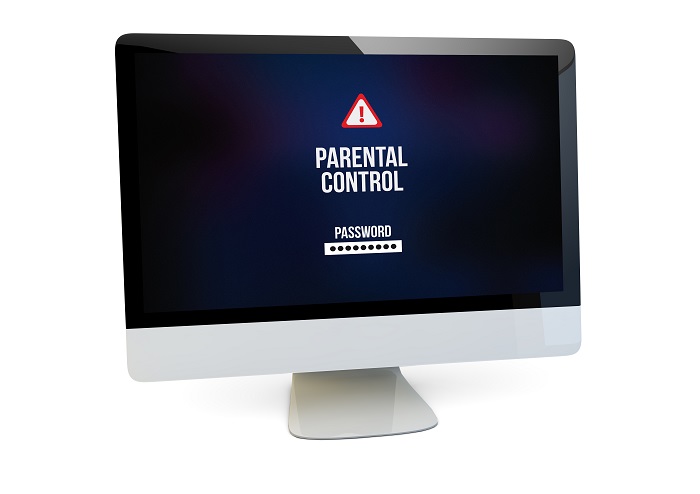
It seems uncanny that children, especially infants and toddlers, could become victims of identity theft. A 2012 child ID theft study by AllClear ID showed that children were 35 times more likely to be victims of identity theft than adults. Thieves find it less risky to steal from a child’s identity than targeting an adult’s identity. Part of the fix lies in monitoring your child’s credit, but the bigger solution rests in teaching your children about identity theft.
How Children Become Victims of ID Theft
Thieves are tempted to target social security numbers and credit of underage children because parents rarely monitor their children’s credit. Until children reach the teen years where they are getting jobs and buying cars, checking a child’s credit falls under the radar. The lack of oversight makes it easier for scammers to steal a child’s identity. How does it happen?
Many financial systems are not as secure as you might think. Professional scammers match a child’s social security number with another person’s identifying information, such as name, address, phone number, driver’s license number, and date of birth. They apply and build credit under the child’s social security number, expanding the credit limit as they go. They make larger and larger purchases and then default on all of it, leaving a child with a ruined credit line before he ever tries to access it.
While it’s easy for hackers to gain access to an infant’s credit profile, thanks to the wonders of technology, it’s even easier to hack a teen. About half of our nation’s children get a cell phone by the age of six and about 92% of teenagers use the internet daily. The teen stage is inherent with impulsive and risk-taking behaviors, making them vulnerable to the risks of the internet, which includes risks of identity theft.
Teaching Younger Children About ID Theft
Simply put, start the conversation young. If they’re old enough to operate a cell phone, they’re old enough to learn about the risks and responsibilities of using one. Explain risks and answer their questions in an age-appropriate way, just as you would with any other topic. Teach them about what information is safe to share and when it’s not safe to click on a link or download software to another electronic device.
Teaching Teens About ID Theft
Many teens lack understanding of the power that exists within that tiny blue card called the Social Security card. As soon as you think they are ready, and no later than age 12, have a discussion about the Social Security card that includes why they have it and the risks of someone else getting a hold of their number. Teach teens that they will use it more and more as they grow older, but to safeguard it as much as possible. Help them make a practice of always asking why someone else needs their number and only giving it out when necessary, such as at the doctor’s office, a bank, or an employer.
Teach them not to share their usernames and passwords with other teens, even trusted friends. A 2013 nationwide survey by Hart Research Associates showed that one in three teens admitted to sharing their social media password and username with someone other than a parent. Teach them to practice caution when choosing to share information on social media platforms and other social media websites.
As teens begin to manage their own money, teach them about the risks of online and ATM banking. Teach them to safeguard all paper information, especially paper checks. Educate them about the importance of using different usernames and passwords for banks as for online shopping sites. Stress these additional points:
- Never share PINs and passwords under any circumstances
- Use the bank ATM whenever possible
- Never use a keypad that is visible to others
- Don’t conduct bank transactions via cell phone in public places
- Don’t use public or unsecured Wi-Fi for banking transactions
When children and teens place themselves at risk of ID theft, they expose their parents as well. Most children’s information that is available on the internet can easily be traced to the parents, adding them to the list of potential ID theft victims. Parents can help protect their children’s credit by not giving out their children’s social security number unless it’s absolutely necessary. If children are not compliant with ID safety measures, parents can give themselves a little insurance by monitoring their children’s credit ratings. For a fee, they can even put a freeze on their children’s credit and unfreeze it as they get older. The most important thing is to begin teaching your children about ID theft as soon as possible and to keep the conversation going until they reach adulthood.
Resources:
- https://www.consumer.ftc.gov/articles/0040-child-identity-theft
- https://www.transunion.com/fraud-victim-resource/child-identity-theft
- http://www.parents.com/kids/safety/tips/what-is-child-identity-theft/




